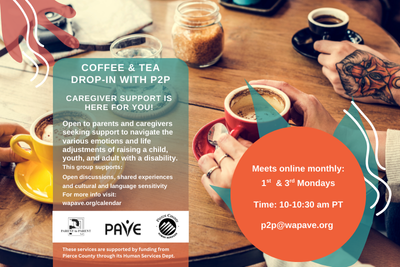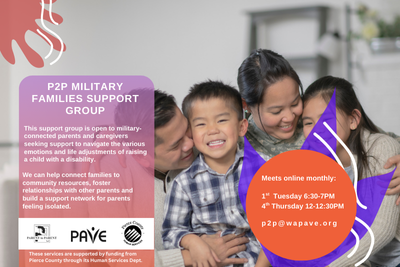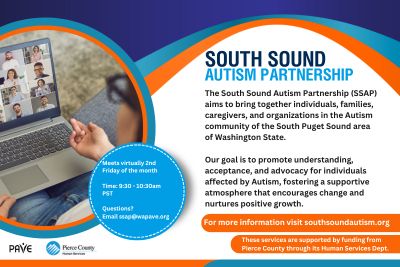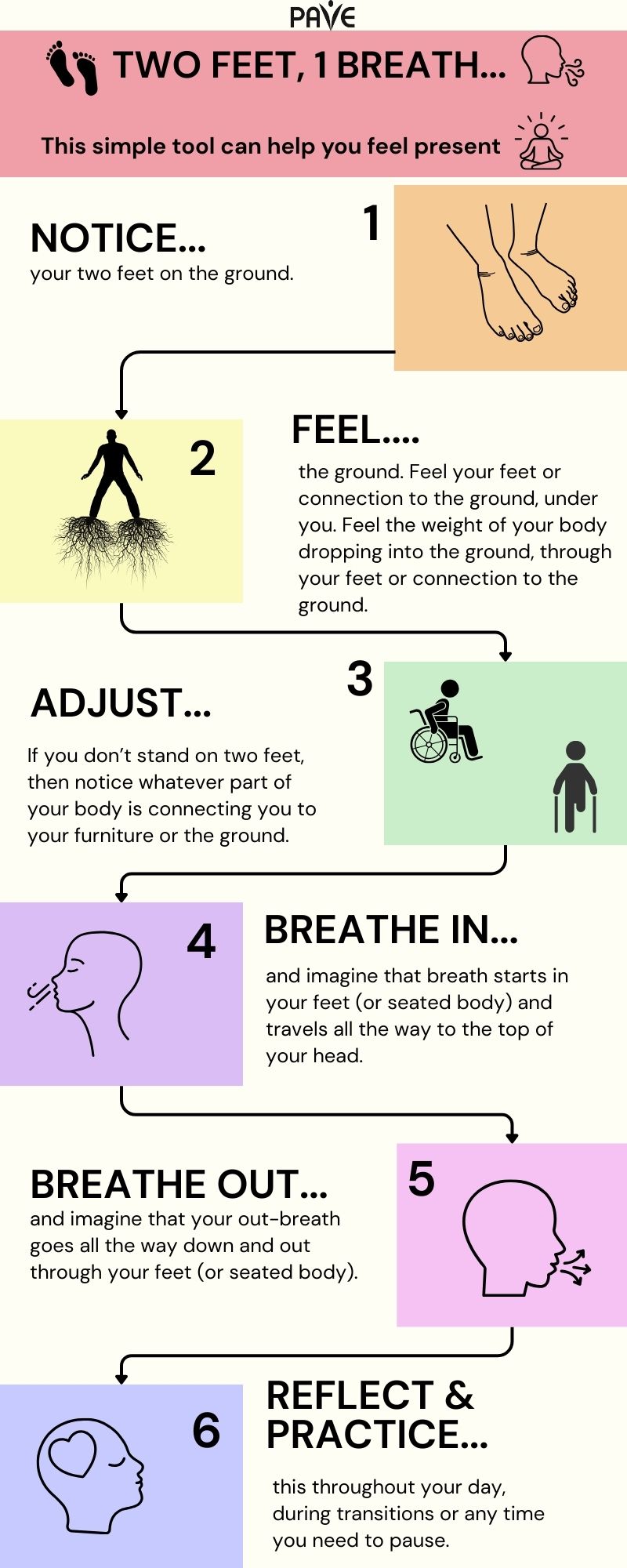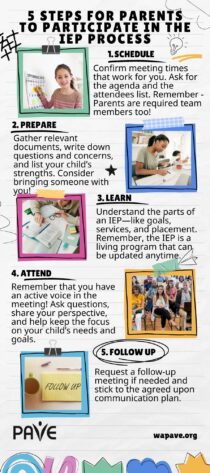What is Developmental Screening?
Developmental screening is the practice of systematically looking for and monitoring signs that a young child may be delayed in one or more areas of development. Screening is not meant to establish a diagnosis for the child, but rather to help professionals and families determine whether more in-depth assessment is the next step. By using a high-quality screening tool, professionals can screen children for delays accurately and cost-effectively.
Think about your child’s first months. The medical professionals set up regular “Well-child” appointments just to monitor how your child is doing. These “Well-child” visits allow doctors and nurses to have regular contact with children to keep track of the child’s health and development through periodic developmental screening. Developmental screening is a simple process that can have both informal and formal assessments. When using a tool that is more formal in nature, the short test can tell if a child is learning basic skills when he or she should, or if there are delays. Developmental screening can be done by other professionals in health care, community, or school settings.
We have heard many times over the years that a child’s greatest window for development is in the first five years of life. Eighty-five percent of the brain’s development occurs before age three, making the first years of life critical to a child’s future success. The research shows that early intervention greatly improves a child’s developmental and social skills. Early intervention services help children from birth through 3 years of ages. Services usually include the support of an early educator who works with the family, as well as therapy (if identified as a need) to help the child talk, walk, and interact with others.
It’s not uncommon for parents to become concerned when their little one doesn’t seem to be developing within the normal schedule of “baby” milestones. You may worry that he hasn’t rolled over yet, or that he isn’t doing what the neighbor’s child, who is about the same age is doing. There may be concerns about your baby sitting up or beginning to verbalize words and sounds.
While it’s true that children develop differently, at their own pace, and that the range of what’s “normal” development is quite broad, it’s hard not to worry and wonder. If you think that your child is not developing at the same pace or in the same way as most children his or her age, it is often a good idea to talk to your child’s pediatrician. Explain your concerns. Tell the doctor what you have observed with your child. The doctor or other professionals might ask you some questions they may also talk and play with your child to see how he or she plays, learns, speaks, behaves, and moves. A delay in any of these areas could be a sign of a problem.
You can also get in touch with your community’s lead agency for birth-to-three services, and ask for an evaluation to see if there are possible delays. Based on referrals from the Doctor and the evaluation provided by the early intervention team, your child may be eligible for early intervention services, which will be developed with you and will address your child’s special needs.
Screening is a simple process that can identify infants and young children who may be at risk for health, developmental, or social/emotional problems. It identifies children who may need a health assessment, diagnostic assessment, or educational evaluation. “Screening” means using a standardized instrument. This could include a parent questionnaire, observational process, or other form of measurement that has been validated by research to learn more about the child’s development. Using a standardized instrument is much more effective for identifying real concerns or delays than just using professional judgment or informal questions about the child’s development.
The screening process provides an opportunity for young children and their families to access a wide variety of services and early childhood programs. It also supports the parents’ understanding of their child’s health, development, and learning.
The developmental screening and evaluations can lead to the involvement of a Family Resource Coordinator who will walk with the family through those first three years. They do a family needs assessment, if the family wishes to have one done. This helps identify areas the needs and priorities of the child’s family. Family-directed services are meant to help family members understand the special needs of their child and how to enhance the child’s development.
The need to provide early intervention is significant. Many children with developmental delays are not being identified as early as possible. This can result in these children waiting to get the help they need to do well in social and educational settings until they are in a school or pre-school setting. Research has shown that in nearly one in six Washington kids has a developmental delay, but only 30% of these children are identified before starting kindergarten, when early support services are most effective. Additionally, research has also identified that in the United States, about 13% of children 3 to 17 years of age have developmental or behavioral disabilities. These can include autism, intellectual disabilities, and attention-deficit/hyperactivity disorder. Additionally, there are children who have delays in language, social skills, or other areas that affect school readiness. This same research found that many children with developmental disabilities weren’t identified before age 10. These types of delays have significant implications since by that age there are significant delays that might have been addressed earlier and provided opportunities for services and support that was missed.
Because of the rapid growth in a child’s first three years of life, early support and monitoring of child development is essential for these children to reach their full academic potential as well as social and personal success. In all cases, kids will experience greater success academically, socially, and personally if delays are caught early and kids and families get the support they need. Free developmental screening using the Ages and Stages Questionnaire-3 screening tool is one of the best ways to get more awareness of what can help your child. In addition to the Ages and Stages survey a terrific tool and support network has been established called “Within Reach”. The “WithinReach” website is committed to supporting optimal child development of all Washington families. Through the “WithinReach” Family Health Hotline and Plan a Save Care (POSC), families can access free developmental screening, connections to early learning and family support and referrals to early intervention for developmental delays.
If you would like a free developmental screening for your child or have concerns about your child’s development, it is as easy as calling their Family Health Hotline (800) 322-2588 or visiting their website at www.ParentHelp123.org.
Remember that as important as Developmental screening is as a part of early intervention, can go also be important in assuring that the needs of children of older ages also find success and resources. Developmental screening for older youth can include areas of the individual’s development in mental health, social and emotional needs, and communication needs, just to name a few. Developmental screening will help assure that the needs of the individual whether an infant or an older child, can be met, and how those needs can be met. As parents and family members we have a responsibility to help our children thrive and developmental screening can help us know which path to follow to make that happen.
Resources for this article:
Overview of Early Education from Center for Parent Information & Resources
Within Reach – Want to learn more about your child’s development?
Ages and Stages Questionnaires – Helping parents understand the Benefits for Developmental Screening
CDC- Developmental Monitoring and Screening
CDC – Autism Spectrum Disorder (ASD)
CDC – Facts about intellectual Disability
Ages and Stages


